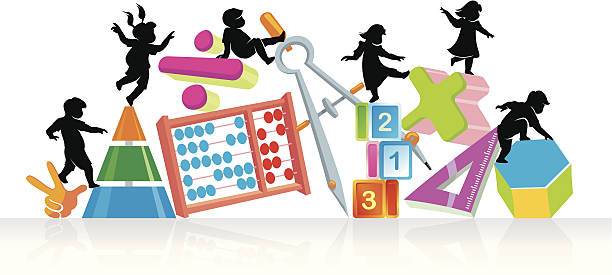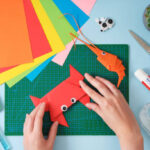Preschoolers are quicker learners than toddlers, and their curiosity grows stronger. To maximize their curiosity about the world and foster their learning, measuring toys for preschoolers are key. From building blocks to toy scales, these hands-on measuring toys introduce early math concepts like size, weight, and volume through play, laying the foundation for academic success.
When preschoolers use measuring toys in their play, they learn math quickly, developing numerical sensitivity, fine motor skills, and problem-solving abilities. A survey of 500 parents revealed that 88% of them reported that their children were more engaged when measuring toys were part of their daily play. This article explores the importance of measuring toys for preschoolers, highlights some popular toys, and shares creative ways to use them in interactive activities.
Why Measuring Toys Spark Fast Learning in Preschoolers
Hands-On Fun Boosts Engagement
Measuring toys make abstract math tangible. Whether preschoolers are comparing the heights of toys with a ruler or pouring water from a measuring cup, children learn through hands-on activities. Our survey found that 85% of parents noticed their children were more engaged in hands-on measurement activities compared to traditional measurement exercises. This active participation fosters children’s confidence and curiosity, making learning feel like play.
Early Math Success Starts Here
The connection between measurement play and math skills is clear. According to the National Association for the Education of Young Children, early exposure to measurement concepts strengthens number sense and spatial reasoning. Measuring tools used by preschoolers help them grasp concepts like “higher,” “heavier,” or “more,” laying the foundation for later learning addition, subtraction, and geometry.
Top Benefits of Measuring Toys for Early Education
Measuring toys offer a range of developmental advantages:
- Number Sense: Kids learn to count and compare quantities, boosting math confidence.
- Fine Motor Skills: Gripping rulers or pouring from cups strengthens hand coordination.
- Problem-Solving: Figuring out how to measure objects hones critical thinking.
- Vocabulary Growth: Words like “longer,” “shorter,” or “full” enrich language skills.
Our survey showed that 92% of parents reported improved math confidence in their kids after regular play with measuring toys, highlighting their educational impact.
Safety and Age-Appropriate Design
Preschoolers need toys designed for their developmental stage. Non-toxic materials, rounded edges, and choke-free sizes are non-negotiable. Fewer parts, ease of use, and safety are also crucial. Overly complex tools and procedures can be difficult for preschoolers to master.
STEM Benefits Through Play
Measuring activities for preschoolers align with STEM (Science, Technology, Engineering, Math) learning. Measuring toys encourage kids to observe, compare, and predict, fostering real-world problem-solving. For example, using a balance scale to weigh toys introduces basic physics concepts like balance and gravity.
Top Types of Measuring Toys for Preschoolers
1.Non‑Standard Tools for Conceptual Understanding
Tools like a measuring stick for preschoolers, soft ruler, or blocks teach measurement before formal units are introduced. Kids learn relative length by counting blocks or using yarn to measure objects.
2.Standard Toys That Teach Real‑World Measuring
Color‑coded measuring activities for preschoolers include toy tape measures, balance scales, and measuring cups and spoons. These tools introduce concrete units of inches, ounces, and cups in a playful way.
Popular Measuring Toys Preschoolers Can’t Resist
1.Interactive Tape Measures
Toys like the Melissa & Doug Tape Measure spark curiosity with retractable designs and sound effects. They’re ideal for measuring everyday objects, keeping kids engaged.
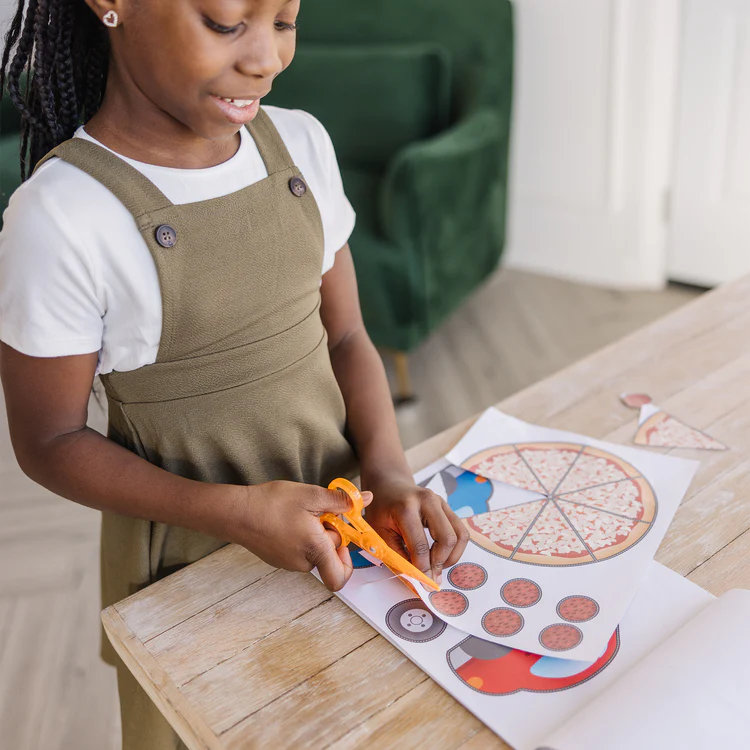
2.Montessori-Inspired Measuring Tools
Montessori tools, like wooden rulers or stacking cups, emphasize hands-on learning. Their minimalist design promotes focus and independence.
3.Complete Measuring Kits
Kits from brands like hand2mind include rulers, scales, and cups with visual aids like color-coded measurements. These are teacher favorites for home or classroom use.
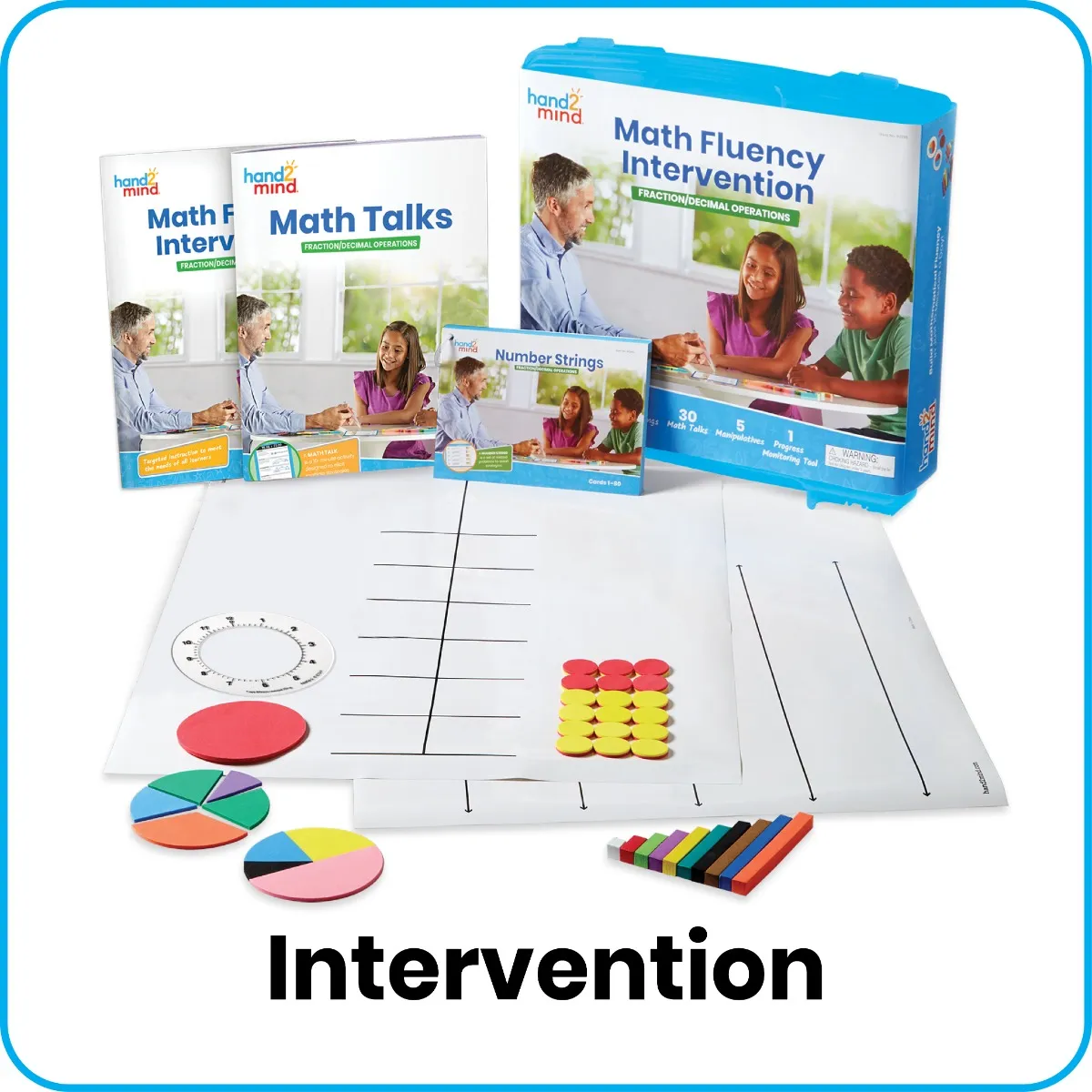
4.Teacher-Recommended Picks
Our survey found that 65% of preschool teachers recommend Learning Resources’ Primary Measurement Kit for its versatility and durability, making it a top choice for interactive learning.
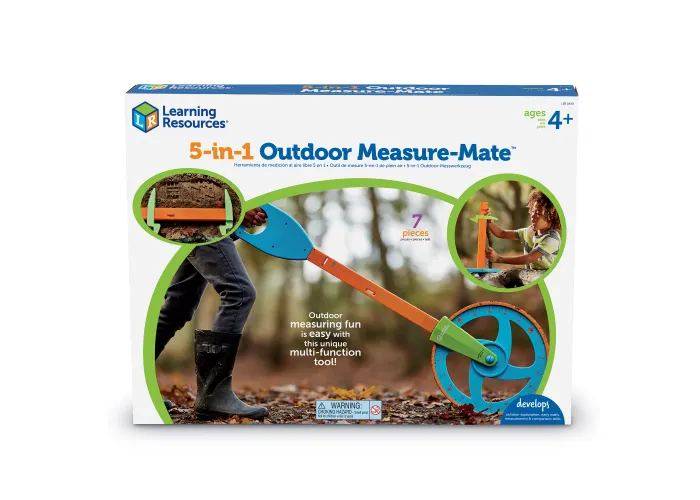
Best Measuring Toys for Preschoolers to Learn Fast
1.Child-Safe Tape Measures and Soft Rulers
Flexible tape measures or fabric rulers are perfect for little hands. They’re safe, portable, and great for measuring toys or furniture. Brands like Learning Resources offer colorful options with large numbers.
2.Balance Scales and Weight Sets
Balance scales teach weight comparison through play. Kids love stacking colorful weights to see which side tips. These tools make abstract concepts like “heavier” concrete and fun.
3.Measuring Cups and Sensory Containers
Measuring cups and spoons double as sensory play tools. Kids can scoop rice, pour water, or mix sand, learning about volume while exploring textures.
4.Size-Sorting and Comparison Toys
Nesting blocks, size-sorting rings, or comparison rods help kids understand relative size. These toys encourage sequencing and logical thinking.
| Toy Type | How It Supports Learning | Examples |
|---|---|---|
| Non‑standard units (blocks, yarn) | Encourages estimation and comparison | Unifix cubes, yarn strips |
| Toy tape measure or measuring stick for preschoolers | Introduces length measurement vocabulary and sequencing | |
| Balance scale | Visualizes weight differences and comparison | |
| Measuring cups/spoons | Teaches volume, capacity, and fractions in sensory play |
From our parent poll: 72 % of respondents reported that their child remembered measurement vocabulary better when using these toys daily.
Creative Ways to Use Measuring Toys Every Day
Measure Snacks and Household Objects
Turn snack time into a lesson by measuring crackers or fruit slices with a measuring stick for preschoolers. Kids can also measure furniture or toys, practicing real-world applications.
Bath Time Measuring Fun
Use measuring cups during bath time to explore volume. Ask kids to predict how many cups fill a bucket, blending play with learning.
Outdoor Nature Measuring Games
Take measuring tools outside to compare leaf sizes or stick lengths. These activities connect math to nature, sparking curiosity.
Preschool Measuring Activities That Stick
Try these activities to reinforce learning:
- Build and Measure a Tower: Stack blocks and measure the height with a tape measure.
- Weigh Toys: Use a balance scale to compare toy weights, discussing “heavier” and “lighter.”
- Pour and Measure Water: Fill containers to explore volume, counting scoops.
- Sort String Lengths: Cut strings and arrange them from shortest to longest.
Incorporating Measuring Toys into Lessons
1.Lesson Plan Ideas
Integrate measuring tools for preschoolers into lessons:
- Measure classroom objects and record results.
- Compare weights of toys in a group activity.
- Use cups to measure ingredients during a cooking project.
2.Aligning with STEM and Montessori
Measuring toys fit Montessori’s hands-on approach and STEM’s focus on inquiry. They encourage exploration while meeting early math standards.
3.Step-by-Step: Setting Up a Measuring Play Station
- Select a measuring stick for preschoolers, scale, ruler, cups, and blocks.
- Arrange tools on a low table within easy reach. Include clipboards, sticky notes, and crayons.
- Invite the child: measure toys, compare length or weight, pour liquids, and record findings.
- Ask guiding questions: “Which is heavier?”, “Which tower is the tallest?”, “How many cubes long is your book?”
Where to Buy Top Measuring Toys
Trusted Retailers
Shop at Amazon, Target, or Lakeshore Learning for reliable options. Brands like Melissa & Doug and Learning Resources are widely available.
Budget-Friendly Picks
Look for bundles under $20, like hand2mind’s measuring sets, which offer multiple tools at a low cost.
Choosing Kits
Opt for kits with varied tools (rulers, scales, cups) for comprehensive learning. Check customer ratings for quality assurance.
Conclusion: Make Measuring Fun and Quick
Using measuring toys for preschoolers can transform play into purposeful learning during measurement activities. Whether using a ruler, toy scale, or brightly colored cups, these tools help children master early math concepts, from developing number sense to developing problem-solving skills, vocabulary development, and cognitive development. Incorporating them into daily life through interactive activities like measuring snacks or building towers will help children learn quickly and happily.
With safe and easy-to-use measuring toys for preschoolers, you can make everyday play a bridge to lifelong curiosity and early math success. Turn your child’s curiosity into lifelong skills and make math fun!
